The Science Behind The Sinclair Method
When you drink, your brain releases endorphins that
activate opioid receptors and reinforce alcohol as a rewarding habit. Over
time this conditioning increases cravings and makes cutting back difficult.
By taking naltrexone before drinking, that endorphin reward
is reduced or removed. Without reinforcement, the learned behaviour weakens.
This is the same learning principle behind Pavlov’s experiments: when a cue
no longer predicts a reward, the response fades. On TSM, the cue is alcohol,
the missing reward is the endorphin high and the fading response is the
craving.
What To Expect On The Sinclair Method

Weeks 1–2
You learn the routine: take naltrexone before
drinking, track units, notice first shifts in
reward after drinks.

Weeks 3–6
Cravings begin to reduce. Many
report fewer units, more control and less urge to continue
once they start.

Weeks 7–12+
Reinforcement weakened, drinking declines
further, some choose abstinence, many
maintain moderation.
The Pavlov Analogy
In Pavlov’s experiments, when the bell no longer predicted food, the dogs
stopped salivating. On TSM, when alcohol no longer delivers its endorphin
reward, the brain’s conditioned response — craving — fades
in the same way.
How The Sinclair Method Works
The Sinclair Method (TSM) uses a prescribed dose of
naltrexone taken about an hour before you drink. Naltrexone
temporarily blocks the brain’s opioid receptors, so alcohol
produces little to no endorphin “reward.” Without that chemical reward, the
brain starts to unlearn the link between alcohol and
pleasure. This learning process is called pharmacological
extinction.
Why The Sinclair Method Is Different

TSM
Evidence‑based alcohol
reduction. No forced abstinence. Blocks reward,
so cravings reduce and control returns.

Abstinence‑only
Stop immediately. Higher relapse risk for many.
Progress depends on willpower without medical blocking.

Willpower‑only
No medical support. Often leads to cycles of
restriction, lapse, guilt, repeat.
Information on this page is educational and not a substitute for medical
advice. Always follow your clinician’s guidance.


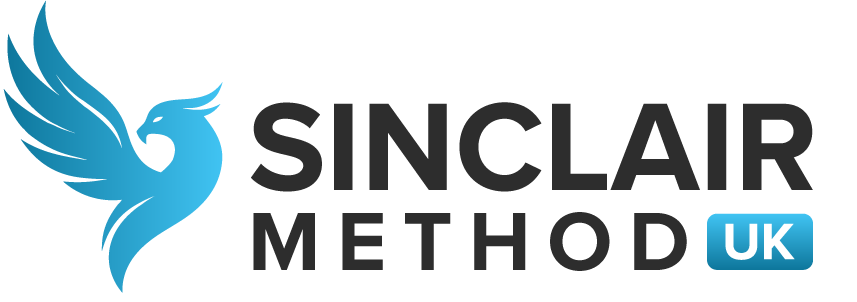
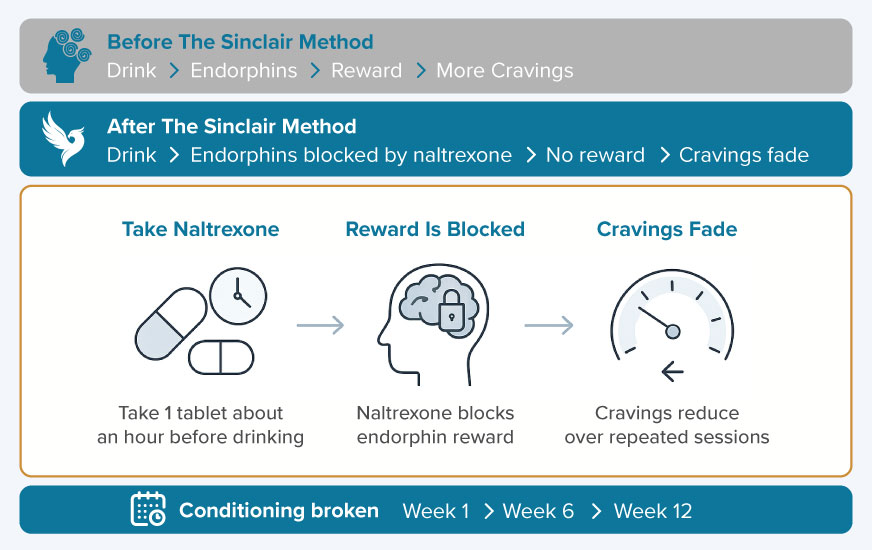
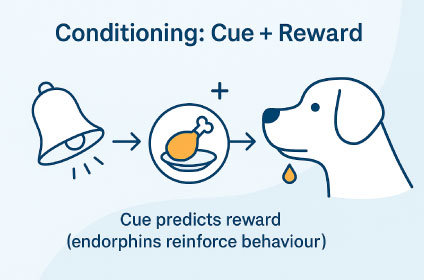
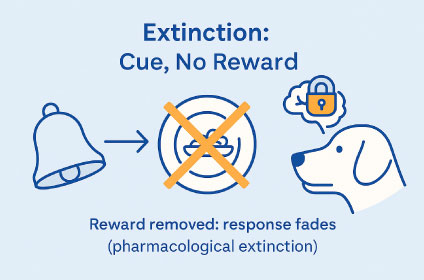
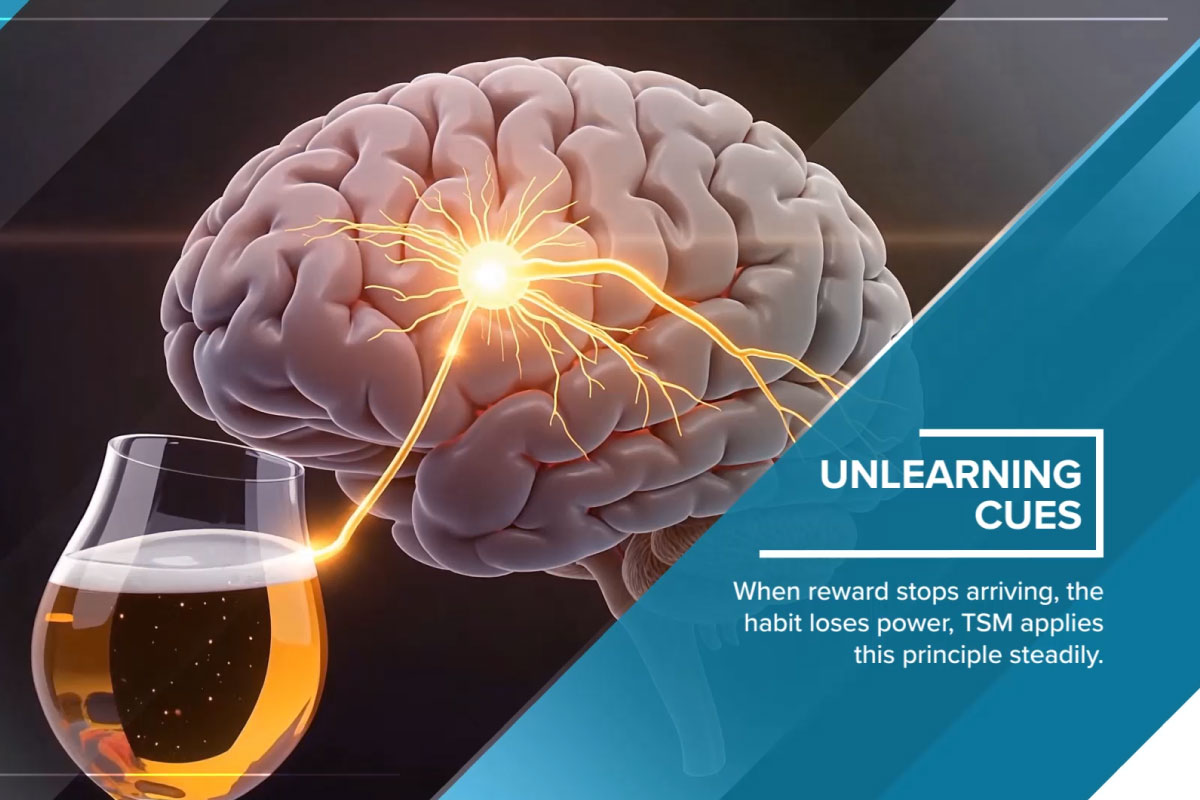
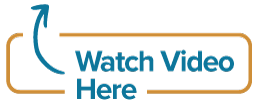
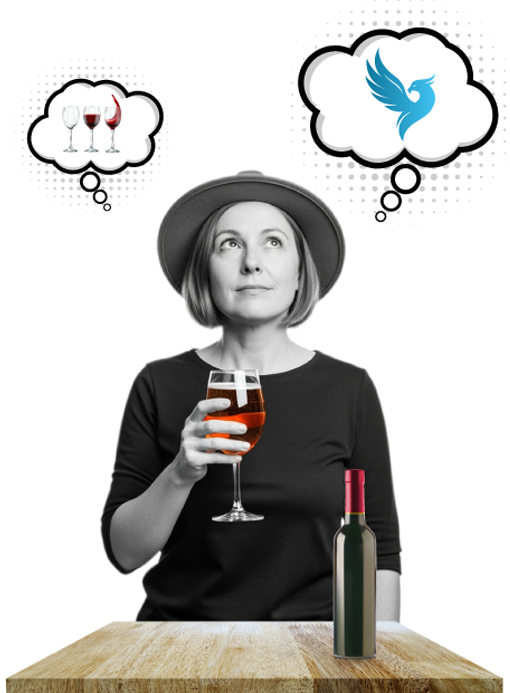




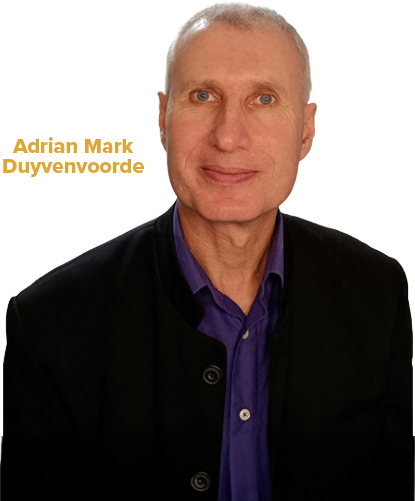
 MEDICALLY
PROVEN RESULTS
MEDICALLY
PROVEN RESULTS